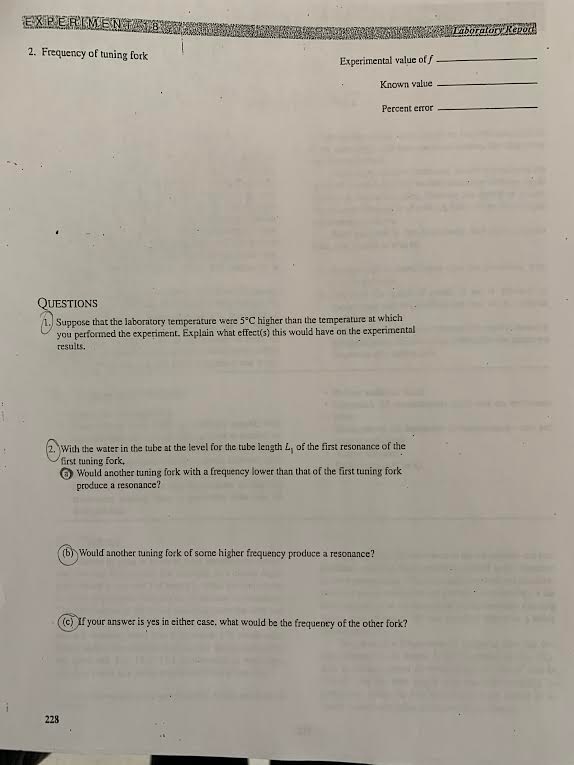

- #LAB REPORT ASSISTANT DATA TABLE 3. DETERMINATION OF UNKNOWN HOW TO#
- #LAB REPORT ASSISTANT DATA TABLE 3. DETERMINATION OF UNKNOWN MANUAL#
Medical Biochemist and Division Head, Clinical Chemistryĭr. Medical Director, Clinical Chemistry and Point-of-Care Testingĭepartment of Pathology and Laboratory Medicine

Professor of Pathology, Microbiology, and Immunology Presentation title: Management of Point-of-Care Testing: An AACC Academy Guidance Document References: Include all pertinent information such as, your laboratory manual, textbooks, web sites, and any other library resources used in the preparation of your laboratory report.The following video is a presentation on this Guidance Document, recorded during the virtual AACC Annual Scientific Meeting in December 2020. Look back at the purpose and hypothesis of your experiment and assess whether or not you met your goal in performing the experiment. Results/Discussion: Questions that should be addressed in this section may include: Did the experiment work, and if not, why not? Were the results obtained in the experiment those expected based on the laboratory procedure? If the experiment was to be repeated, what improvements would be made? What types of errors occurred and how could they be corrected? How did the observations play a role in the outcome of the experiment? When applicable, you should compare your experimental value(s) to that of a published, literature value(s), commenting on the accuracy of your technique.Ĭonclusion: Summarize the findings of the experiment, which must include the final results of the experiment, e.g., the percent yield of a reaction, the identity of an unknown, etc. Use the recorded data from the experiment when performing the calculations. List separately all pertinent mathematical equations followed by a sample calculation for each. It is also important that you record your unknown number in this section of your notebook.Ĭalculations: Present outcome/summary of data analysis using tables, Excel graphs, and/or figures. No points will be awarded when the observations are recorded outside of the laboratory. Sudden bursts of scientific insight or other information during the experiment that may aid in the interpretation of the data generated are to be entered in this section. Observations: This section is used to record any qualitative observations and notes on the changes to the experimental procedure. Do not record your experimental data in your laboratory manual. The experimental data should be recorded in tabular form. Laboratory Safety: Give a complete, descriptive listing of the safety precautions, hazards, or other safety procedures that are needed for this experiment.Įxperimental Data: Record all data resulting from the experiment in your laboratory notebook. Condense the given procedure into steps so that you can understand and follow them.
#LAB REPORT ASSISTANT DATA TABLE 3. DETERMINATION OF UNKNOWN MANUAL#
DO NOT simply copy the procedure from a lab manual or a handout. Complete sentences must be used for the description. Hypothesis: Provide a statement or two about the anticipated outcome of the experiment.Įxperimental Procedure: A step-by-step description of the experiment including the chemicals, equipment, and/or methods used.


Include details about the experiment, such as the methods used, a specific chemical reaction(s), and/or anticipated product. Purpose: A brief description of why the experiment is being performed. And always remember that grammar and spelling are important! Additionally, laboratory reports are written in past tense and in third person. Below are the guidelines for writing a scientific laboratory report. Throughout your time at Marywood, you’ll be asked to prepare laboratory reports for several of your laboratory classes.
#LAB REPORT ASSISTANT DATA TABLE 3. DETERMINATION OF UNKNOWN HOW TO#
While training to be a scientist, it is important to know how to write a lab procedure and to be able to write effectively so that the details of your experiment can be explained clearly and explicitly.


 0 kommentar(er)
0 kommentar(er)
